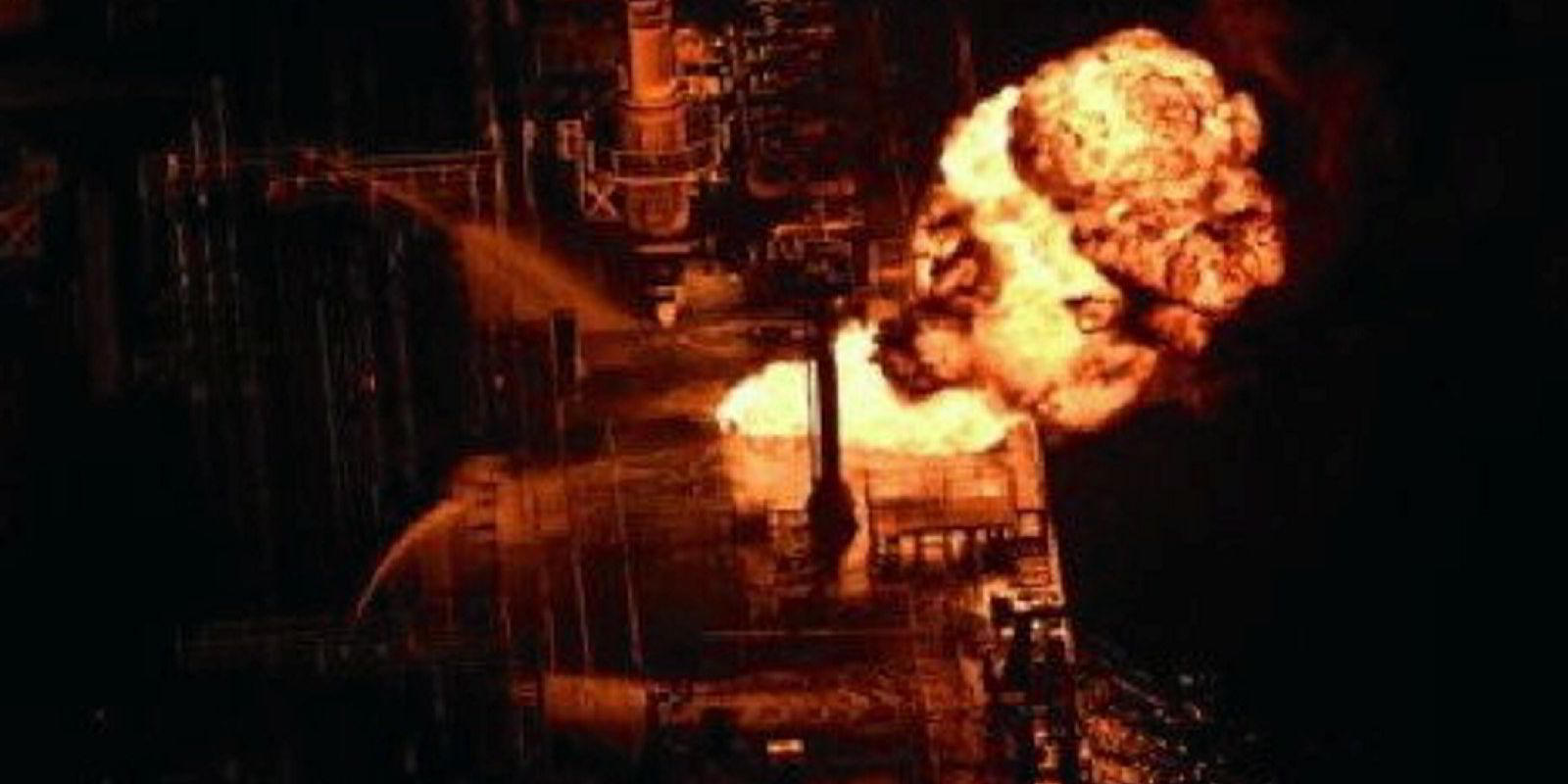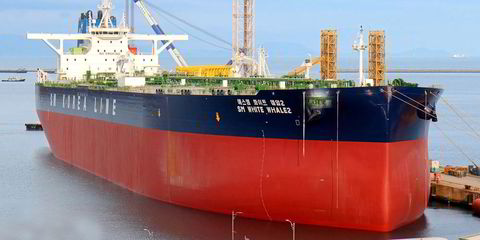A decline in clean tanker rates in the Middle East has signalled the start of a new normal with the market adjusting to heightened tensions in the region, according to Argus Media.
Middle East to Japan LR2 product tanker rates have dropped by 26% from a four-year high as traders shifted away from Mediterranean and Russian naphtha exporters to avoid transiting the Red Sea.
The European naval force has reported more than 50 attacks, threats and hijacking attempts since 19 November in the region that has forced shipowners and charterers to reroute their vessels around the Cape of Good Hope.
The disruption to trade routes led to a spike in rates but the retreat from the highest rates suggest that the “market is beginning to adjust to the reality of the risk that transiting the Red Sea poses”, says Nick Watt, head of freight, Americas for Argus.
But the decline is expected to be limited with higher tonne-mileage likely to keep earnings buoyant if disruption continues to Suez Canal traffic, he said. Toll revenues have fallen by 40% since the end of November last year.
The surging LR2 rates were caused by tightened supplies of Middle East naphtha to Asia. Middle East product tankers heading west had to go longer distances around the Cape of Good Hope and secured higher rates.
Argus said that traders have now shifted from naphtha to LPG to feed Asian demand that is more readily available.
The biggest tanker flow affected by the Houthi attacks has been refined products from the Middle East Gulf and India to Europe.
This averaged 955,000 bpd last year, but fell to just 690,000 bpd in January, according to preliminary AIS data. Nearly three quarters of LR2s, LR1s and MRs that loaded in January routed via South Africa, said shipbroker Gibsons.
Read more
- Up to 35 aframaxes could muscle in on product tanker boom, Kpler says
- Polaris Shipping selling off six vessels as private equity takeover bid stalls
- Greek shipowner Metrostar fixes out newbuilding for five years as tanker market tactics shift
- Dirty dabbling drives record $60,000 earnings gap between LR2 and aframax tankers
- Red Sea turmoil increasing shipping demand as Gulf of Aden arrivals plunge 71%, Clarksons says





